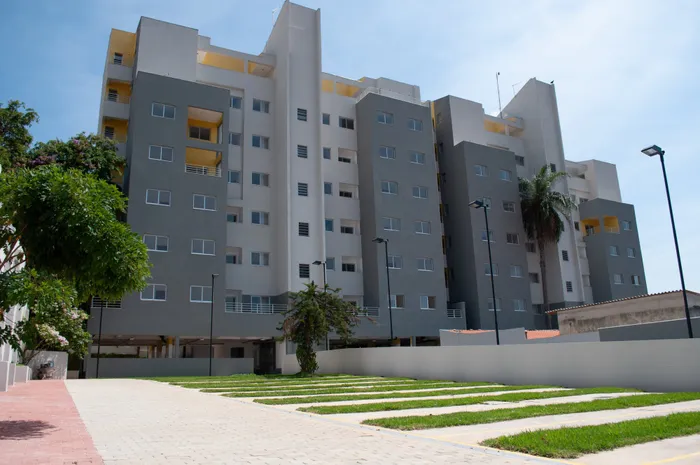Local tenants are paying rent on time - but what’s the hidden challenge?

Tenants are said to be facing high living costs.
Image: Dayvison de Oliveira Silva/Pexels
South African tenants are keeping up with their rent payments better than ever before, reveals the latest PayProp Rental Index (Q2 2025).
However, the authors of the index say this stability may be hiding a growing divide in tenant finances.
According to the index, the national share of tenants in arrears fell to an all-time low of 16.9% in the second quarter of this year.
At the same time, however, rental applicants are taking on more debt, spending 52.1% of their income on credit payments, up from 46.7% a year earlier. Their disposable income has dropped to a mere 18%, down from 23% last year.
“This quarter’s data shows a mixed picture,” says André van Rooyen from PayProp. “It’s encouraging that fewer tenants are behind on rent, but the rise in household debt tells us this balance may be fragile.
"Many tenants are keeping up with payments, but with less financial breathing room than before.”
The tenants are said to be facing high living costs. On paper, debt repayments are getting cheaper: the prime rate finished in the second quarter of this year at 10.75%, a percentage point below where it was in the same period last year.
However, this is still significantly higher than the 7% interest rates seen during the pandemic.
The annual consumer price inflation was 3.4% in September, up from 3.3% in August, where housing and utilities (4,5% and contributing 1,1 percentage points) and food and non-alcoholic beverages (4,5% and contributing 0,8 of a percentage point) were among the main contributors to the increase.
However, the Index also highlights that the increase in debt repayments is not affecting all tenants equally, so agents can still keep arrears under control by diligently reviewing rental applications.
Among minimum-and low-risk applicants (as identified by the PayProp Tenant Assessment Report, which combines credit scoring and affordability analysis with tenants’ rental payment histories), the proportion of income that the least risky tenants spend on debt has actually fallen to 36%, and their disposable income has grown to 35.3%, up from 33.5% a year ago.
“This tells us risk isn’t increasing on the whole, but rather diverging,” says Van Rooyen.
“We’re seeing a clear split between tenants with secure finances and those under growing pressure. For property professionals, that makes careful screening and informed decision-making more important than ever.”
Inflation was said to be outpacing economic growth, with projections for this year putting inflation at 3.5% and GDP growth at less than 1%.
The Stats SA’s Quarterly Employment Statistics for the second quarter found that wage growth was above inflation at 6.5%, but that there are also fewer people in work than a year ago.
Beneath that headline inflation figure, there have also been larger increases in the costs of essentials like food, utilities and transport, making it harder for people on modest incomes to reduce their spending.
A recent report from the Competition Commission showed that electricity costs have gone up by more than double the rate of inflation since 2020.
Meanwhile, tenants are said to be choosing more affordable properties, bringing down average rent spending despite a sustained run of above-inflation rental growth. Tenants spent an average of 29.9% of their income on rent in the second quarter, down from 30.3% a year earlier.
The PayProp report suggests that landlords and agents who stay alert to debt, related affordability pressures and screen applicants accordingly still achieve sustainable rental growth.
Earlier this year, the Landlords Association of South Africa(LASA) warned its members that the South African rental market in 2025 was facing a complex and shifting landscape marked by both opportunities and risks.
It said that while demand for rental housing is strong, landlords were being warned of an increasingly high-risk tenant pool, as the data had shown that in the first quarter of 2025, 26% of rental applicants were classified as high risk, up from the previous year.
This startling statistic has become a wake-up call for landlords, property managers, and investors who must navigate this environment carefully to protect their rental income and investment returns.
The figure of 26% of applicants being deemed high risk comes from leading tenant assessment tools that combine traditional credit checks with rental payment histories.
Unlike simple credit scoring, these systems take a more holistic approach, examining how tenants perform in the rental environment, including payment punctuality, arrears, income levels and debt commitments.
Independent Media Property
Related Topics: